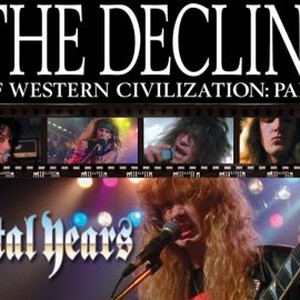

For Part Two, the student creates a properly formatted bibliography and writes an explanation of this stage of the research process.

For Part One, the student selects a theme, develops a research question, identifies sources, and writes about the process for finding sources. The student will complete the project in three parts. The student will complete the initial stages of a history research project using the resources of the Jerry Falwell Library The purpose of this project is to reinforce learning outcomes for competency in information literacy. Therefore, the student will post a thread of 200–250 words and then 2 replies of 100–150 words. The purpose of Discussions is to generate interaction in regards to relevant current course topics. Textbook readings, presentations, videos, and learning activitiesĪfter reading the Course Syllabus and Student Expectations, the student will complete the related checklist found in the Course Overview.ĭiscussions are collaborative learning experiences. Apply biblical principles to the problems and issues of Western Civilization from 1648 to the present.įoundational Skill Learning Outcomes (FSLOs): Communication and Information Literacy (CIL)ĬIL 1: Discover and evaluate information to accomplish a specific purpose.ĬIL 2: Communicate information effectively in the English language, orally and/or through writing, for a variety of purposes, using technology when appropriate.ĬIL 3: Analyze and assess various forms of information and expression to determine their meaning, employing technology when relevant.ĬIL 4: Demonstrate a basic understanding of the role of research and scholarship in order to apply it in various contexts.ĬIL 5: Relate communication and information literacy to participation in God’s redemptive work.ĬT 2: Structure an argument or position using credible evidence and valid reasoning.

Evaluate interpretive and historiographical approaches to Western civilization from 1648 to the present.Demonstrate college-level competencies in reading comprehension, documentary analysis, research, and historical writing.Explain how political, economic, military, religious, and cultural factors influenced the development of Western civilization from 1648 to the present.Describe the stages of development of Western civilization from 1648 to the present.Identify major figures and events in Western civilization from 1648 to the present.Upon successful completion of this course, the student will be able to: It is a required prerequisite for upper-level courses in European history and it may also fulfill a portion of the General Education requirement. This survey course introduces students to political, economic, military, religious, and cultural developments of the modern West in order to foster a better understanding of the conditions and challenges of the twenty-first century. The Troubled Present.For information regarding prerequisites for this course, please refer to the Academic Course Catalog. Europe After World War II: Recovery and Realignment, 1945 1989. World War II: Western Civilization in the Balance. Part V: WESTERN CIVILIZATION IN CRISIS: WORLD WARS AND TOTALITARIANISM 1914 1945. Modern Consciousness: New Views of Nature, Human Nature, and the Arts. Europe in the Late Nineteenth Century: Modernization, Nationalism, Imperialism.

Thought and Culture in the Mid-Nineteenth Century: Realism, Positivism, Darwinism, and Social Criticism. Surge of Liberalism and Nationalism: Revolution, Counterrevolution, and Unification. Thought and Culture in the Early Nineteenth Century. The Industrial Revolution: The Transformation of Society. The Era of the French Revolution: Affirmation of Liberty and Equality. Part IV: THE MODERN WEST: PROGRESS AND BREAKDOWN 1789 1914. Intellectual Transformation: The Scientific Revolution and the Age of Enlightenment. Political and Economic Transformation: National States, Overseas Expansion, Commercial Revolution. Transition to the Modern Age: Renaissance and Reformation.


 0 kommentar(er)
0 kommentar(er)
